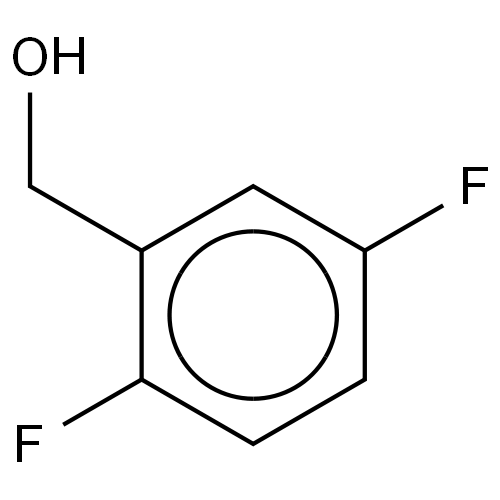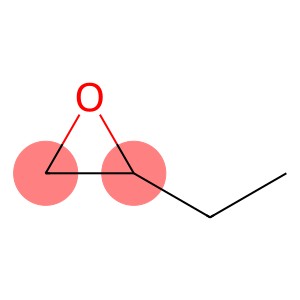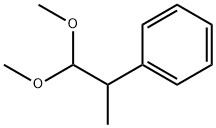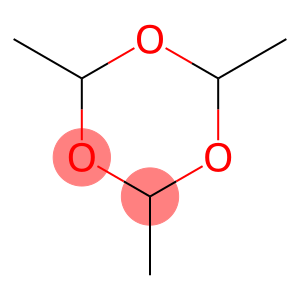Styrene(CAS#100-42-5)
| Risk Codes | R10 – Flammable R20 – Harmful by inhalation R36/38 – Irritating to eyes and skin. R40 – Limited evidence of a carcinogenic effect R36/37/38 – Irritating to eyes, respiratory system and skin. R39/23/24/25 - R23/24/25 – Toxic by inhalation, in contact with skin and if swallowed. R11 – Highly Flammable R48/20 - R63 – Possible risk of harm to the unborn child |
| Safety Description | S23 – Do not breathe vapour. S36 – Wear suitable protective clothing. S26 – In case of contact with eyes, rinse immediately with plenty of water and seek medical advice. S16 – Keep away from sources of ignition. S45 – In case of accident or if you feel unwell, seek medical advice immediately (show the label whenever possible.) S36/37 – Wear suitable protective clothing and gloves. S7 – Keep container tightly closed. S46 – If swallowed, seek medical advice immediately and show this container or label. |
| UN IDs | UN 2055 3/PG 3 |
| WGK Germany | 2 |
| RTECS | WL3675000 |
| TSCA | Yes |
| HS Code | 2902 50 00 |
| Hazard Class | 3 |
| Packing Group | III |
| Toxicity | LD50 in mice (mg/kg): 660 ± 44.3 i.p.; 90 ± 5.2 i.v. |
Introduction
Styrene, is a colorless liquid with a special aromatic odor. The following is an introduction to the properties, uses, preparation methods and safety information of styrene:
Quality:
1. Lighter density.
2. It is volatile at room temperature and has a low flash point and explosion limit.
3. It is miscible with a variety of organic solvents and is an extremely important organic substance.
Use:
1. Styrene is an important chemical raw material, often used in the synthesis of a large number of plastics, synthetic rubber and fibers.
2. Styrene can be used to make synthetic materials such as polystyrene (PS), polystyrene rubber (SBR) and acrylonitrile-styrene copolymer.
3. It can also be used to manufacture chemical products such as flavors and lubricating oils.
Method:
1. Styrene can be obtained by dehydrogenation by heating and pressurizing ethylene molecules.
2. Styrene and hydrogen can also be obtained by heating and cracking ethylbenzene.
Safety Information:
1. Styrene is flammable and should be protected from ignition and high temperatures.
2. Contact with the skin may cause irritation and allergic reactions, and appropriate precautions should be taken.
3. Long-term or substantial exposure may have adverse health effects, including damage to the central nervous system, liver, and kidneys.
4. Pay attention to the ventilation environment when using, and avoid inhalation or intake.
5. Waste disposal should comply with relevant laws and regulations, and should not be dumped or discharged at will.








